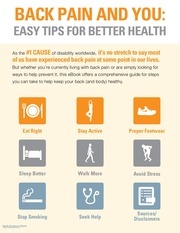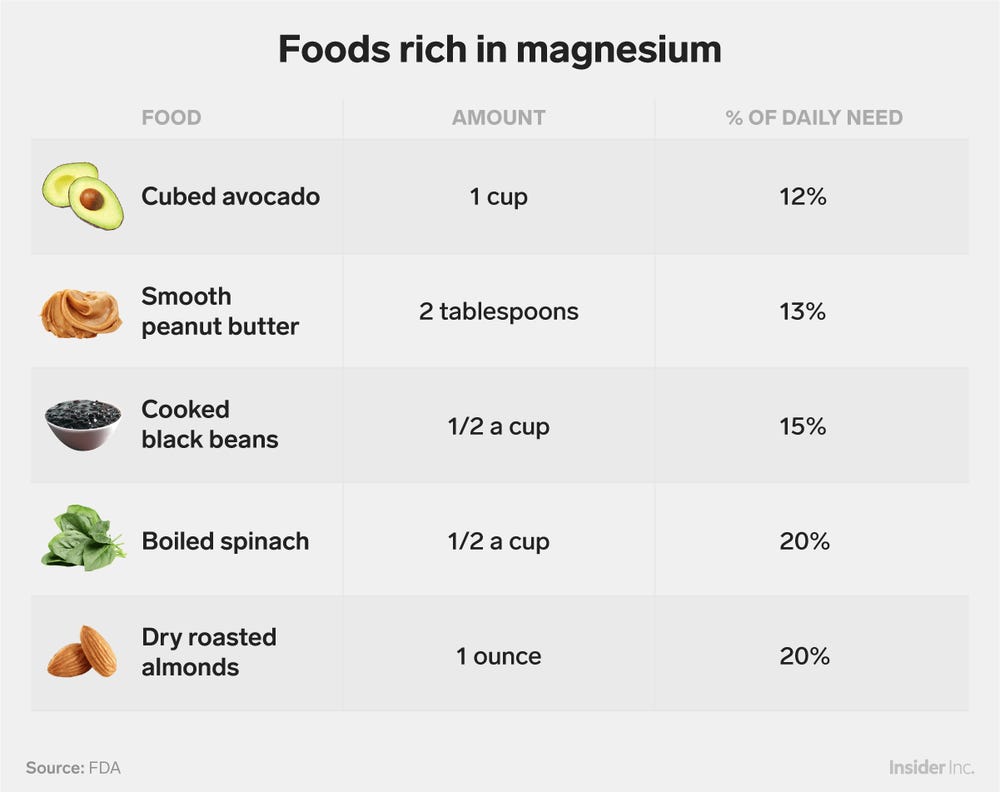
It is important to choose the right nutrition plan for your sport. It is important to eat a healthy diet. You should not consume too many calories, or too little protein. While many people assume that carbohydrates are the only food groups needed for an athlete, they're actually the most crucial part of the diet. A healthy balance of carbohydrates, protein, and fats will fuel you and help you reach your goals.
To ensure that their bodies can digest the food properly and to minimize gastrointestinal upset, athletes should eat three hours before any competition or exercise. It is crucial to eat a healthy diet rich in carbohydrates, protein and fat. Avoid starchy vegetables and junk foods. Balanced nutrition is key to ensuring you eat lean meats and fruits, vegetables, whole grains, and other healthy foods. These foods are all great sources of vitamins and minerals, but they're not a good source of calories.

Carbohydrates should be the number one food an athlete eats before any event. Carbohydrates provide energy and are found in many foods, including milk, breads cereals, grains, vegetables, fruits, and grains. It is best to eat carbohydrates in small amounts and to avoid high-fat, high-protein meals. The best results are achieved by eating a high-carbohydrate dinner at least two hour before an event.
The ideal diet for athletes should be rich in complex carbohydrates as well as healthy fats. A balanced diet should include 45% to 66% carbohydrates and 10% to 30% protein. 25 to 35% of the calories should come from fat. Water intake is essential before, during and after any sport. Consuming the right foods at right times can help maximize performance and prevent damage to your muscles from oxidative stresses and swelling. Athletes should eat a healthy diet and take supplements to aid in recovery.
The best diet for athletes includes a balance of carbohydrates and fats. The body's primary source of energy is glucose, which is broken down carbohydrates during digestion. It is then converted into glycogen, which is a type fat that is stored in muscles tissue. This is an important source of energy for athletes during their workouts. An athlete can increase his glycogen reserves by eating carbohydrates and fats before and during an event to avoid dehydration.

Athletes should drink sufficient water, in addition to consuming adequate amounts of dietary fiber. Ample hydration is essential for optimal health. To sustain its activities, the body requires a steady supply of fluids as well as sodium. This is the best method to prevent muscle cramps and increase performance. Athletes must ensure that their training and diet are in sync. This is difficult for endurance athletes. In addition, it may cause cramps and headaches.
FAQ
How often should I exercise
For a healthy lifestyle, exercise is vital. You don't have to exercise for a certain amount of time. Finding something you enjoy is key. Stick with it.
If you are working out three times a weeks, aim to do 20-30 minute of moderate intensity. Moderate intensity means that your muscles will continue to work hard even after you finish. This type of exercise burns approximately 300 calories.
Walk for at least 10 minutes four days a weeks if you prefer walking. Walking is low-impact, easy on your joints, and it's also very gentle.
Jogging for 15 minutes three days a week is a good option if you prefer to run. Running can help you burn calories and to tone your muscles.
You can start slow if you're new to exercise. Start by doing 5 minutes of cardio each day, a few times per week. Gradually increase the duration until you reach your goal.
What are 5 ways to live a healthy lifestyle?
Healthy lifestyles include eating right, exercise regularly, getting enough rest, managing stress, having fun, and eating healthy. Good eating habits include avoiding processed foods, sugar, unhealthy fats, and avoiding junk food. Exercise can help you burn calories and strengthen your muscles. Sleeping enough can improve memory and concentration. Managing stress reduces anxiety and depression. Fun keeps us happy and healthy.
What are the 7 best tips to lead a healthy, happy life?
-
Take care of your health
-
Exercise regularly
-
Good sleep
-
Drink lots of water
-
Get enough rest
-
Be happy
-
Smile often
What's the difference between fat or sugar?
Fat is an energy source from food. Sugar is a sweet, naturally occurring substance in fruits and vegetables. Both fats (and sugars) have the same calories. But fats are twice as calories as sugars.
Fats are stored in the body and contribute to obesity. They cause cholesterol buildup in arteries which may lead to heart attacks and strokes.
Sugars can be quickly absorbed by your body and give you instant energy. This causes blood glucose to rise. High blood sugar levels can cause type II diabetes.
Statistics
- nutrients.[17]X Research sourceWhole grains to try include: 100% whole wheat pasta and bread, brown rice, whole grain oats, farro, millet, quinoa, and barley. (wikihow.com)
- This article received 11 testimonials and 86% of readers who voted found it helpful, earning it our reader-approved status. (wikihow.com)
- WHO recommends reducing saturated fats to less than 10% of total energy intake; reducing trans-fats to less than 1% of total energy intake; and replacing both saturated fats and trans-fats to unsaturated fats. (who.int)
- In both adults and children, the intake of free sugars should be reduced to less than 10% of total energy intake. (who.int)
External Links
How To
What does the "vitamins” word mean?
Vitamins are organic compounds that can be found in foods. Vitamins are necessary for us to absorb nutrients in the foods we consume. Vitamins cannot come from the body so food must provide them.
There are two types: water-soluble and fat-soluble vitamins. Water-soluble vitamins dissolve easily when they are dissolved in water. You can find vitamin C,B1 or thiamine, B2 or riboflavin and B3 or niacin, B3/niacin, B6/pyridoxine, folic Acid, biotin and pantothenic Acid as examples. Fat-soluble vitamins can be stored in the liver or in fatty tissue. Some examples include vitamin D and E, K, A and beta carotene.
Vitamins are classified based on their biological activity. There are eight major vitamin groups:
-
A - vital for healthy growth.
-
C - vital for proper nerve function, and energy production.
-
D - necessary for healthy bones and teeth.
-
E is required for good vision and reproduction.
-
K - Required for healthy nerves and muscles.
-
P – vital for building strong bones.
-
Q - aids digestion, absorption and absorption iron
-
R - Red blood cells are made from red blood cells.
The recommended daily allowance (RDA), for vitamins, varies depending upon age, gender, or physical condition. The U.S. Food and Drug Administration, (FDA), sets the RDA value.
For adults over 19, the RDA for vitaminA is 400 micrograms per daily. Pregnant mothers need 600 micrograms per days because it is vital for the development and growth of their baby. Children ages 1-8 require 900 micrograms per day. Babies under one-year old require 700 mg per day. Between 9 and 12 years of age, however, this drops to 500 mg per day.
Children aged between 1-18 years require 800 micrograms of sugar per day, while overweight children need 1000 micrograms. Children who are underweight receive 1200 micrograms every day to meet their nutritional requirements.
Children 4-8 years old who have anemia must consume 2200 micrograms of Vitamin C daily.
2000 micrograms is the minimum daily intake for adults over 50 years old to maintain good health. Women who are pregnant or breastfeeding need 3000 micrograms per day due to increased nutrient requirements.
1500 micrograms are required daily by adults over 70 because they lose approximately 10% of their muscle each decade.
Women who are pregnant or lactating need more than the RDA. Pregnant women require 4000 micrograms daily during pregnancy, and 2500 micrograms every day after birth. Breastfeeding mothers need 5000 micrograms per day when breast milk is being produced.